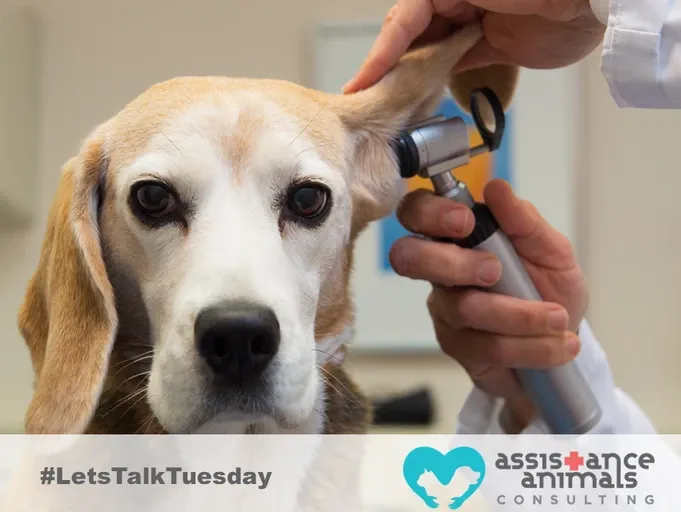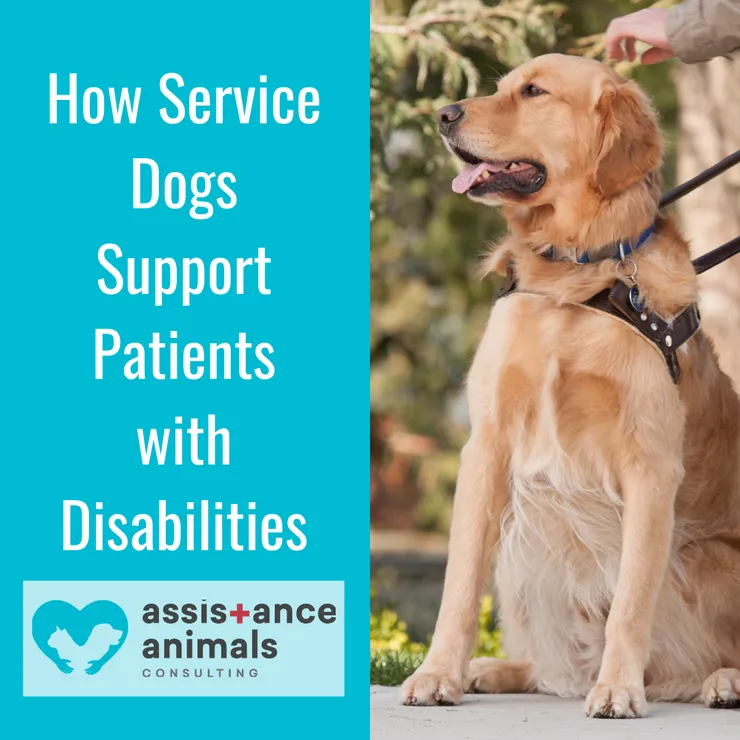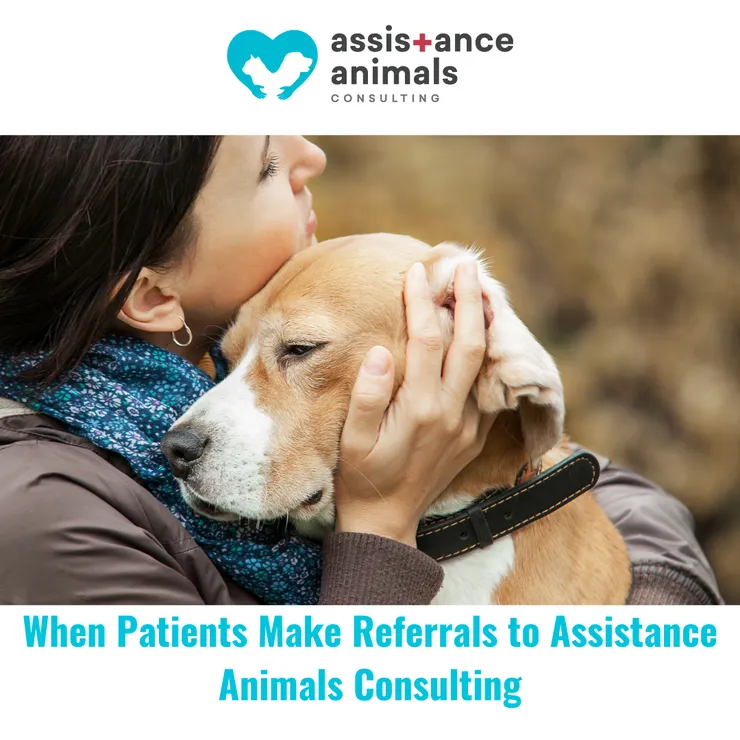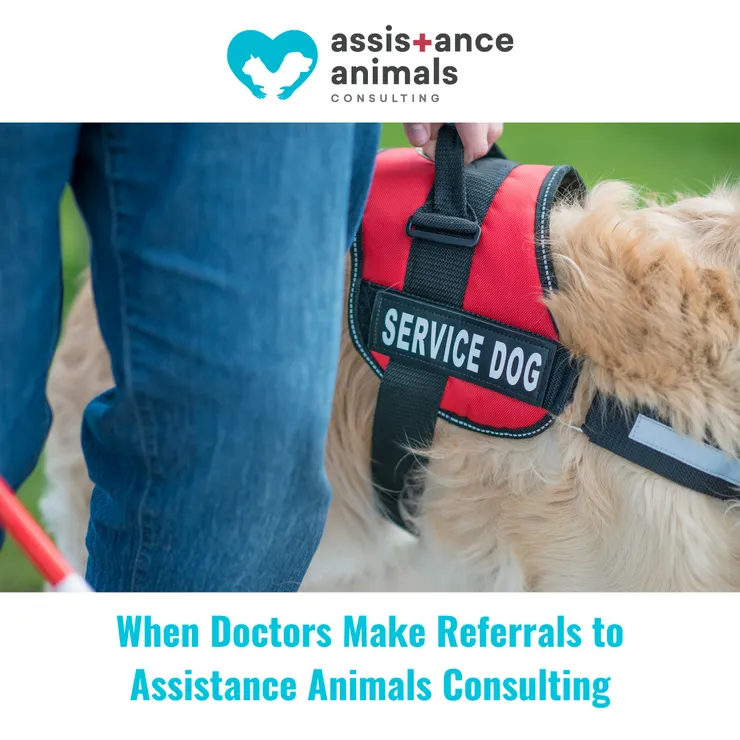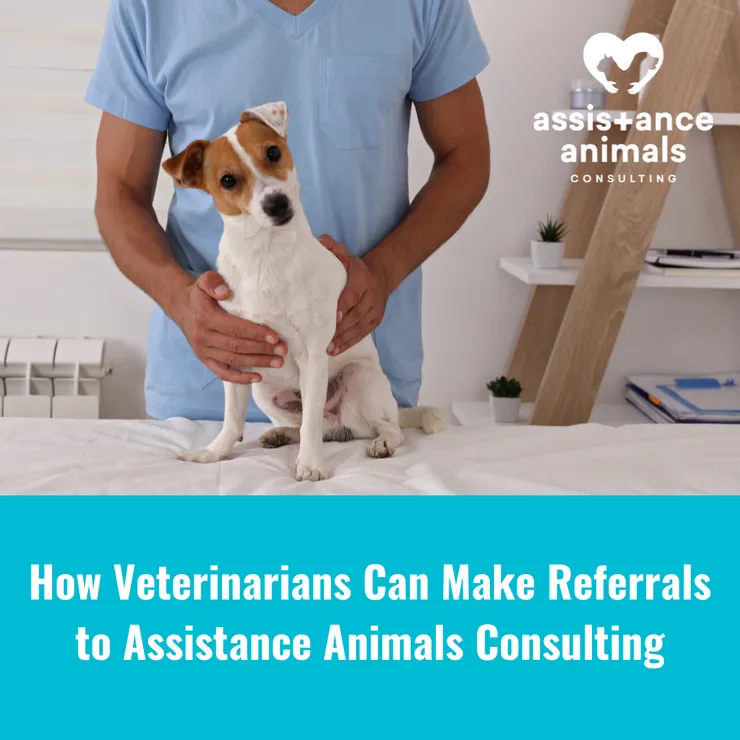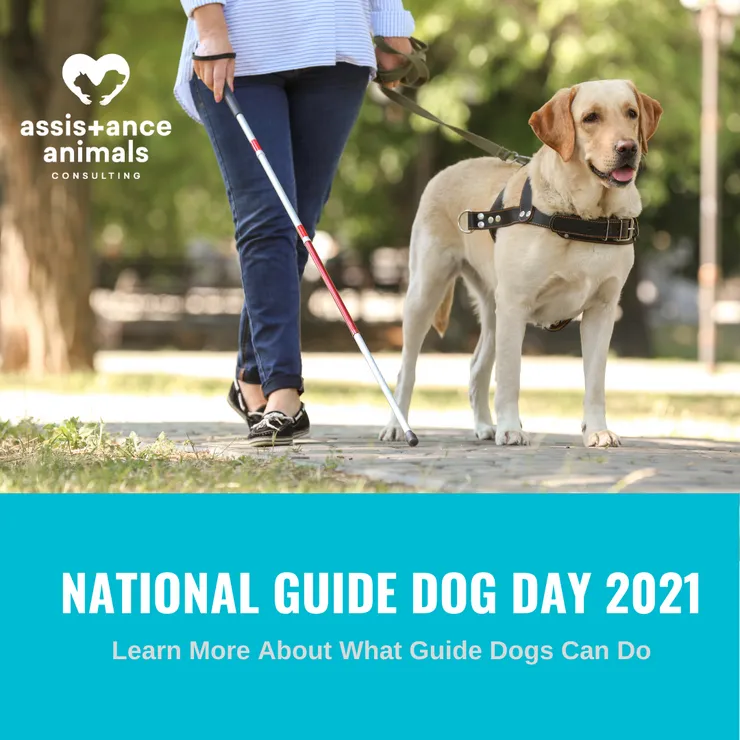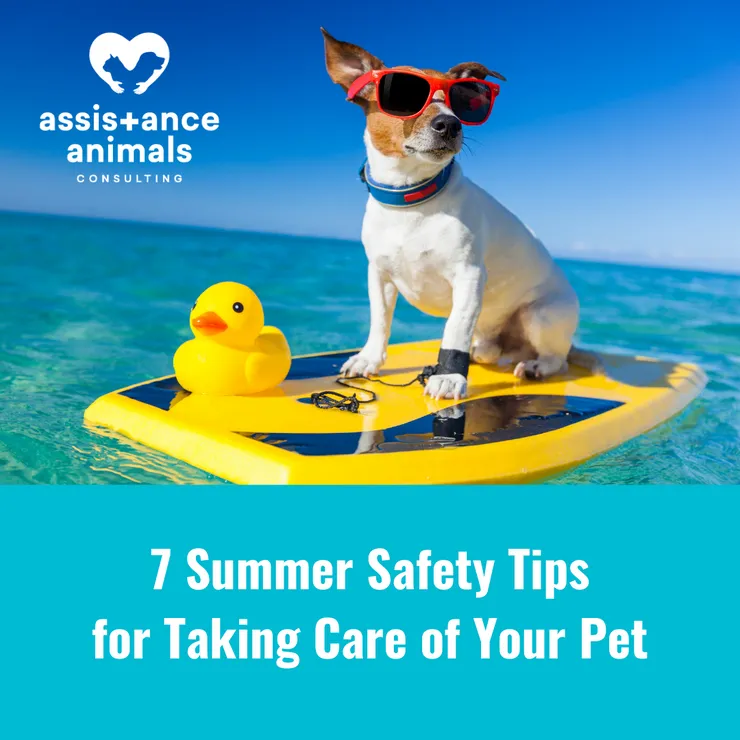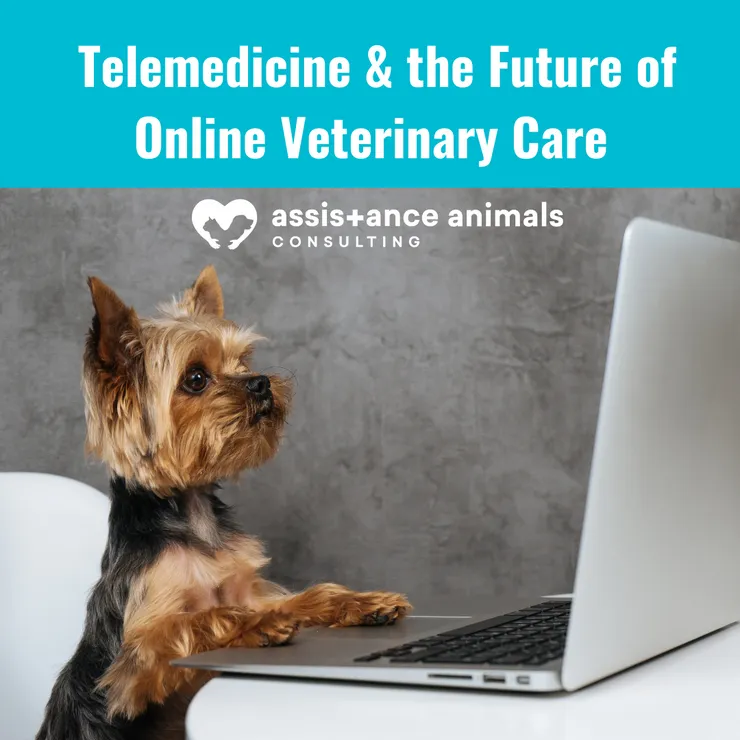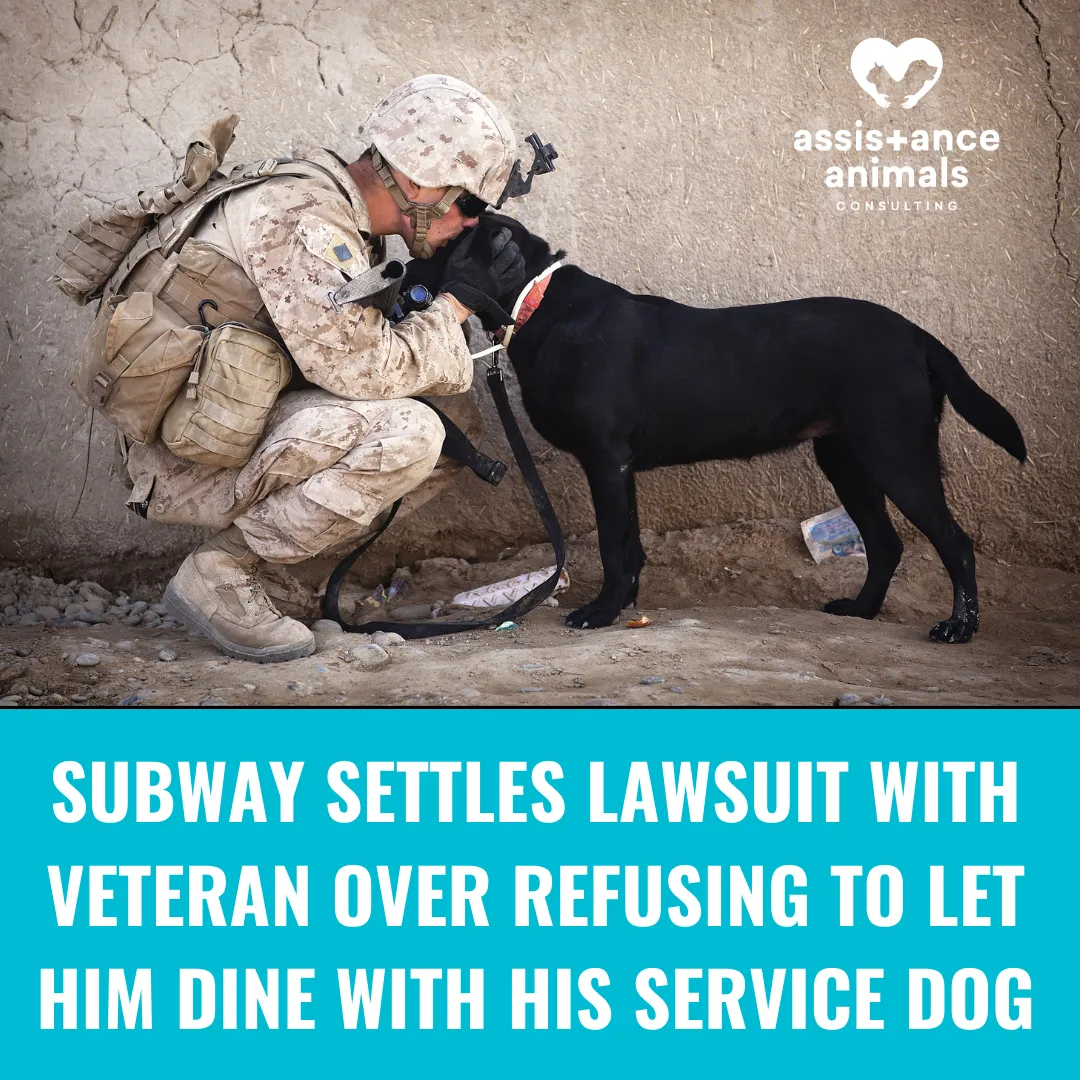Working animals such as assistance animals, provide their handler independence for their daily life function. Many of these working animals have increased public access. The best way to protect assistance animals from zoonotic diseases is to take preventive measures to reduce the chance of contracting them. These preventive measures also help to keep the health of the public at large safe. The veterinarians at Assistance Animals Consulting provide advice and guidance on
preventative care recommendations depending on the lifestyle of the handler and disease risk for the working animal. We asses where the handler lives, the assistance animal’s lifestyle, overall health, and other factors prior to making our recommendations.
We’ve provided a short list of some of the most common zoonotic diseases found in dog and cats.
ZOONOTIC DISEASES:
Canine Influenza
Cat Scratch Disease
Cryptococcosis, C. neoformans
Giardia Infection (Giardiasis)
Hookworm Infection (Ancylostoma caninum Infection)
Leptospirosis (Leptospira Infection)
Lyme Disease (Borrelia burgdorferi Infection)
Methicillin-Resistant Staphylococcus aureus Infection (MRSA)
Microsporum Infection – see Ringworm
MRSA (Methicillin-Resistant Staphylococcus aureus Infection)
Mycobacterium tuberculosis Infection (Tuberculosis)
Rabies
Rickettsia rickettsia Infection (Rocky Mountain Spotted Fever)
Ringworm (Dermatophyte Infection)
Rocky Mountain Spotted Fever (Rickettsia rickettsia Infection)
Roundworm Infection (Toxocariasis)
Salmonella Infection
Sarcoptic Mange (Sarcoptes scabeii Infection)
Tapeworm Infection (Diplyidium Infection)
Ticks
Toxoplasma gondii Infection (Toxoplasmosis)
https://www.cdc.gov/healthypets/diseases/index.html
Because many of the diseases listed above can be transmitted by animals, prevention and control strategies require the effort not only from our veterinarians, but also from our human healthcare provider partners. At Assistance Animals Consulting, we understand prescribing an assistance animal is a
multidisciplinary collaboration. With our interprofessional collaboration, we combine input from physicians and veterinarians to prevent transmission of zoonotic diseases and other health problems before they become life-threatening.
It is also important to understand some people are at a greater risk of contracting a zoonotic disease. These people include children younger than 5 years old, adults over 65 and individuals who are immunocompromised.
The most common way to acquire a zoonotic disease is through direct contact of saliva, blood, urine, mucus, feces or other body fluids of an infected animal. Direct contact can occur with a scratch, bite or from animal licking the hand or mouth. Zoonotic diseases can also be transmitted through indirect contact with objects or surfaces that has contaminated material. An example of this transmission occurs with handling material the animal sleeps on. Vector-borne transmission is another way zoonotic disease is transmitted. This occurs when an infected tick or flea bites a human. Lastly, food borne transmission is the final way a zoonotic disease can be transmitted. For example, this transmission can occur when an assistance animal is feed a contaminated food like a raw diet of undercooked meat.
Zoonotic diseases are most often spread through improper hygiene practices. Handlers using assistance animals and organizations using therapy animals need to be educated on proper hygiene and safety when using a working animal to reduce the transmission of a zoonotic disease. It is important to keep hands clean and wash them with soap and water after contact with an assistance animal. Preventing bites from ticks, and fleas is also important to reduce zoonotic disease transmission. All working animals should have a consistent and effective external and internal parasite control preventative care plan. Lastly, to prevent disease transmission from bites and scratches it is imperative for assistance animals to be non-aggressive and properly trained prior to having full public access.
Assistance Animals Consulting, we collaborate, evaluate, educate and advocate for successful human animal partnerships and interactions. Our expert veterinarians are here to support healthcare providers, individuals using assistance animals, and support and collaborate with other veterinarians.
Contact us, let’s talk about how we can support you!
#zoonosiseducation
#veterinaryconsultation
#AssistanceAnimalsConsulting
#DrRhesaHouston

